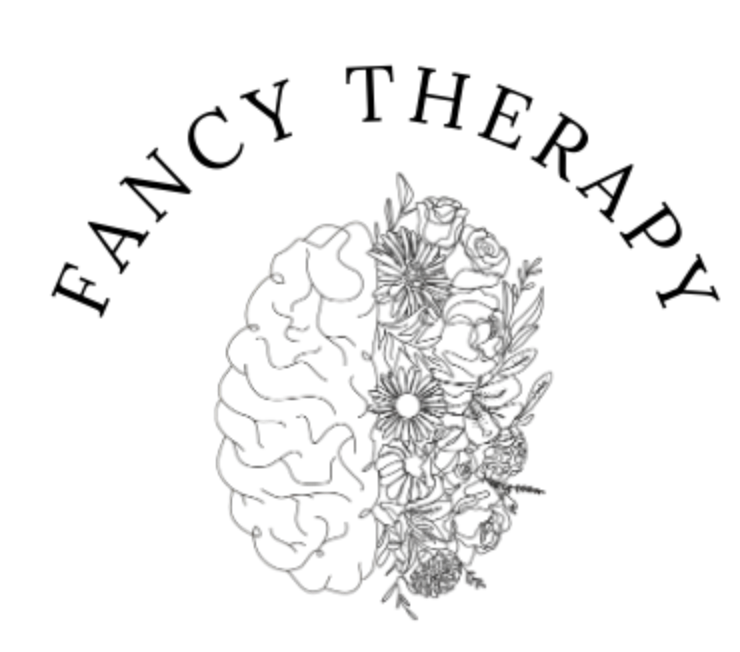Unwind Your Mind: Helpful Stress Management Techniques
Life consists of varying challenges and the stress that comes with it is an inevitable part of our journey. However, what is most important is how we manage and navigate the stressors to maintain our overall health and psychological well-being. Therefore, it is important to understand the root of our stress but also find healthy ways to effectively cope with it. In this blog post we will dive deeper into three beneficial stress management techniques that can aid in acquiring tranquility and help you reach a state of relaxation to better handle the chaos that life may bring. Such techniques consist of progressive muscle relaxation, deep breathing, and guided imagery.
Progressive Muscle Relaxation (PMR):
Progressive Muscle Relaxation (PMR) technique consists of tensing and relaxing systematically the different muscle groups for physical tension to be released that is associated with stress. This evidence-based and widely recognized technique has proven to be helpful in reducing mental and physical tension and was developed in the early 20th century by Dr. Edmund Jacobson. Through the tensing and relaxation of different muscle groups, PMR promotes stress relief and a significant sense of relaxation. PMR has been shown to reduce stress and anxiety, enhance sleep, and help individuals dealing with chronic pain conditions as a pain management technique. Therefore, by tensing and releasing certain muscle groups, individuals can increase their bodily sensations awareness and learn to differentiate between relaxation and tension. This practice can aid in breaking the chronic muscle tension cycle by decreasing the stress levels overall and promoting a calming sense. By incorporating PMR into your daily life, you can reduce muscle tension, build resilience, and cultivate a greater sense of relaxation, ultimately increasing your ability to navigate various life’s challenges.
Deep Breathing:
Deep breathing is also known as abdominal or diaphragmatic breathing, which is seen as a simple and greatly effective technique for managing stress. By focusing on our breath, we can tap into the natural relaxation response of our body. Deep breathing promotes the relaxation state by decreasing the psychological and physiological influences of stress. At the core, deep breathing engages the diaphragm, the large muscle between the abdomen and the chest. In contrast, shallow breathing predominantly entails the shoulders and chest whereas deep breathing promotes the diaphragm to move downwards when inhaling which allows the full expansion of the lungs. The deep diaphragmatic inhalation activates the relaxation response which triggers the parasympathetic nervous system and encourages a state of calmness. Deep breathing helps to reduce stress and anxiety, enhance oxygenation, decrease blood pressure, and improve clarity and focus. Deep breathing is a profound technique that empowers you to manage your stress levels and improve your overall psychological well-being. By incorporating deep breathing as a daily practice, you can develop resilience, greater sense of calmness, and mindfulness in the face of our life’s struggles.
Guided Imagery:
Guided imagery consists of using imagination to cultivate a calming and peaceful mental image. When visualizing a calming place, it can transport you to a space you feel safe and be your authentic self. This technique can help you change your focus away from your stressors and takes your mind to a place that you find calming. This technique entails using your imagination to cultivate mental images that are positive that can promote your overall well-being, decrease stress, and enhance relaxation. It is a visualization form where a guide, often can be a recorded voice or a therapist, can guide the individual through various sensory experiences and series of images.
By incorporating various stress management techniques into your daily life, you will be able to see significant improvements in your ability to deal with life’s issues. Whether it’s releasing muscle tension through incorporating progressive muscle relaxation, the deep breathing rhythmic flow, or the soothing effects of guided imagery, determining the techniques you find beneficial is vital. Take time each day to implement these techniques and notice the significant impact on your emotional and mental state. Remember that managing your stress is not about removing it completely but developing resilience to navigate life’s difficulties with composure and grace. Let’s try to unwind our minds, one deep breath and calming exercise at a time




